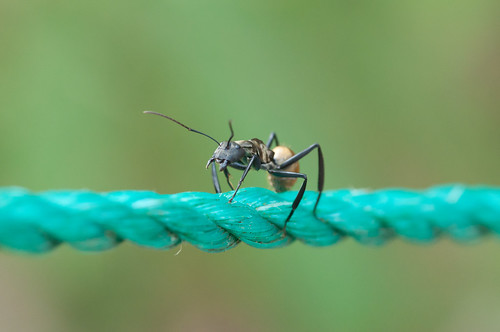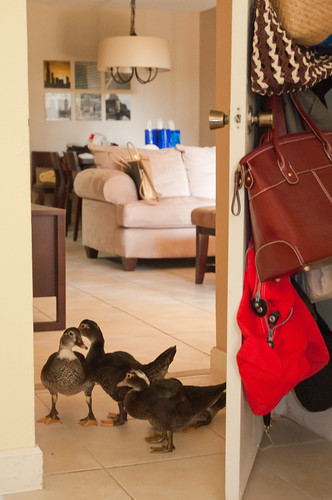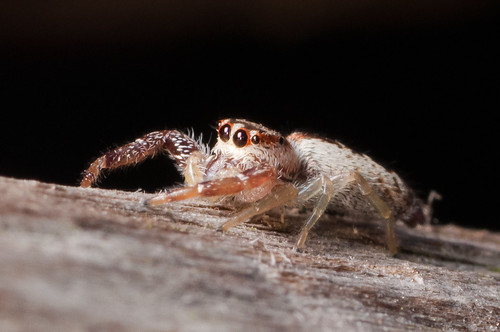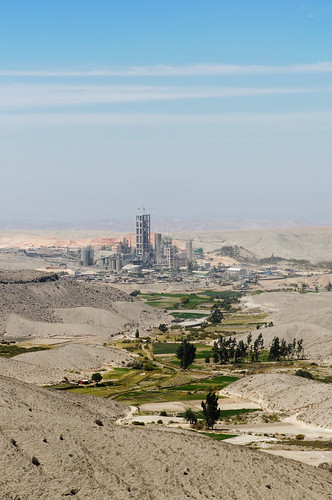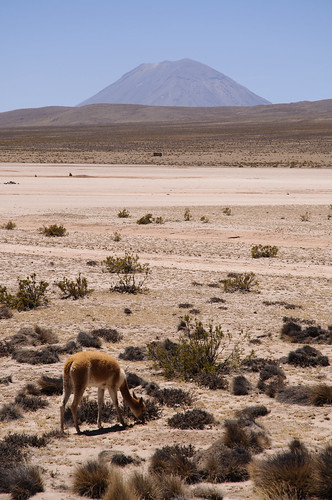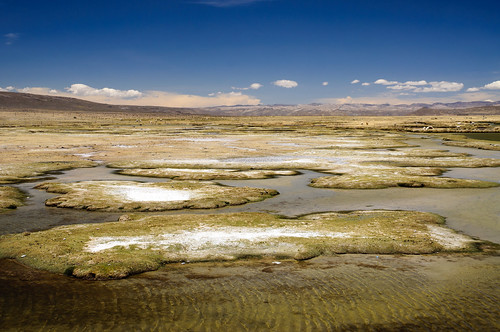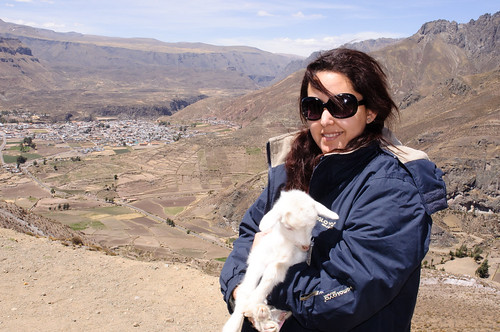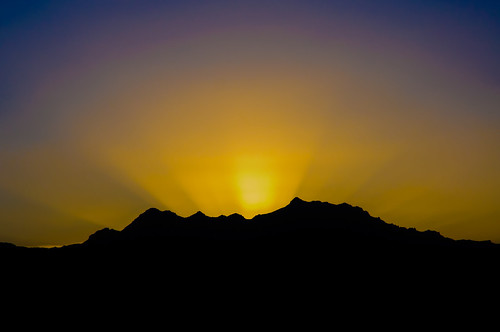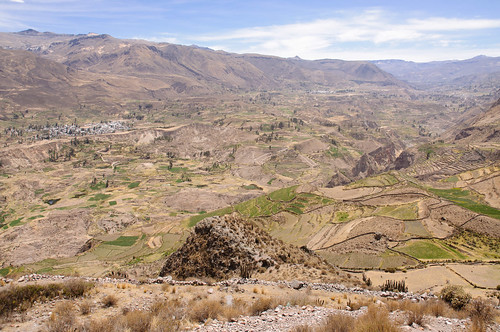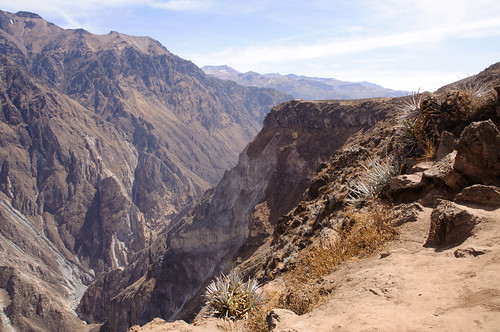Adriana and I (way back in February now) spent a week in Costa Rica, dividing our time between the Arenal region (to see a volcano that turned out to be camera shy) and Quepos, a town on the southern area of the West coast.
Hiring a car turned out being incredibly expensive, mostly due to the mandatory government insurance that can nearly cost as much as the rental itself. We found car hire necessary however, although we did not get a 4WD but instead opted for the cheap Toyota Yaris. For the one place that required a 4WD for access, we got there via a tour bus.
As you’re driving around, you can come across some pretty cool places that deserve a quick stop. Zarcero, a small town on the way to Fortuna, had a park outside the front of the town church that had hedges sculpted in many shapes, from faces to dinosaurs.
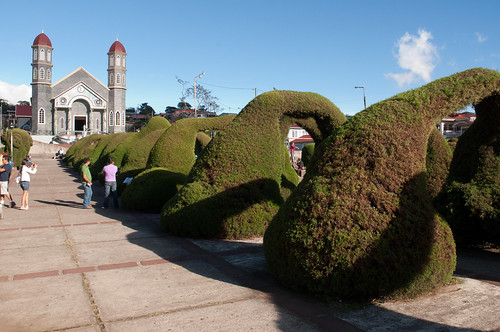
After a four or so hour drive to the Arenal area, we were ‘welcomed’ with weather that we’d be experiencing our whole stay in the area: cloudy, cool, and wet. I had specifically chosen the bed and breakfast we stayed at because it was located at the base of the volcano with views of the peak, and I was hoping for some awesome views of it at night. Although I had read that the volcano was more dormant recently, I wasn’t expecting anything like this:
But I was hoping to at least hear it rumbling or see a faint red glow from the top of the volcano. Unfortunately, the volcano was covered by clouds the whole time we were there. For fun, I took this long exposure at night, pointed in the direction the volcano is supposed to be. As you can see, the only cool thing was the light from accommodation on the hill in front of us being reflected by the clouds.
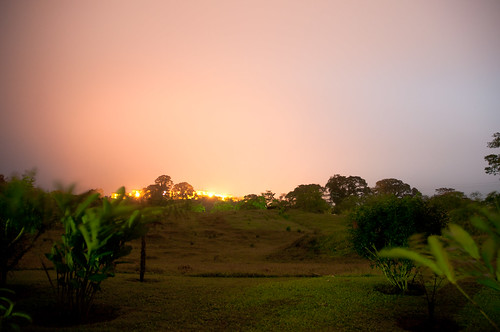
La Fortuna waterfall is a popular sight in the area, but it rained quite heavily on our walk up and down. There are about 400 steps down to the waterfall, so if you’re not fit, be prepared. Because of my thing with vertigo, I was expecting some problems with heights, but had no problems with this walk.
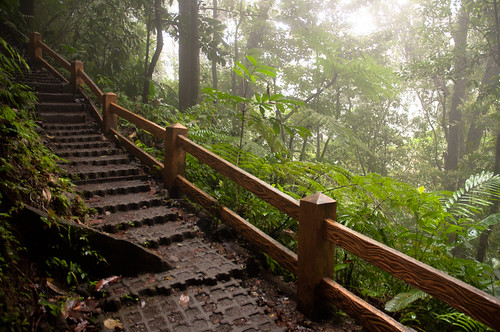
And we were greeted with this view down the bottom.

Due to the volcanic activity in the area, there are many hot springs to visit. We spent an afternoon at Baldi hot springs, and quite enjoyed it. The place was huge and had many different baths to visit, with temperatures ranging from that of a heated pool to scorching hot (I really couldn’t understand how you could visit the ultra hot ones without cooking certain parts of your body).
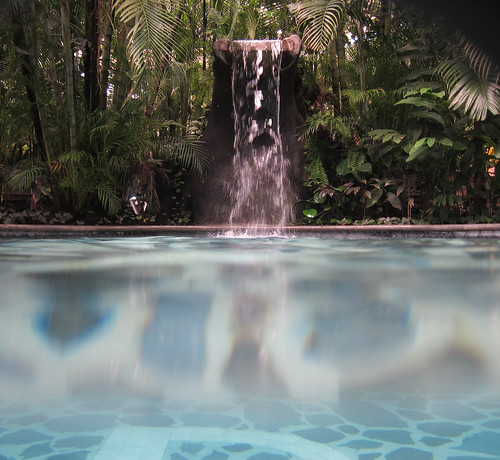
We took the sky tram tour next to Arenal Volcano, but due to the rain, there wasn’t much wildlife about on the way up. The sky tram tour cost nearly as much as the zip lining, so if you’re so inclined, that’d be a better option (you have to take the tram to get to the top anyway), otherwise take the walking bridge tour. The way down was better, with the sun coming out and wildlife starting to reappear, plus a fantastic view back down the slope.
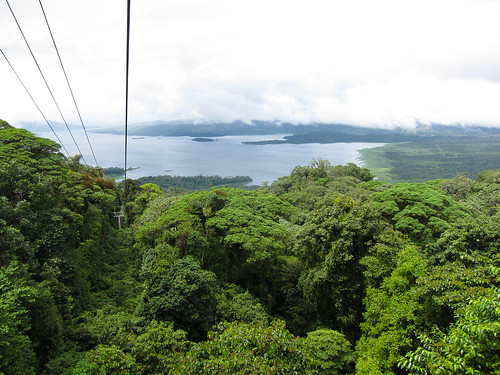
On our way out of the Arenal area, this was probably the most we saw of the volcano.
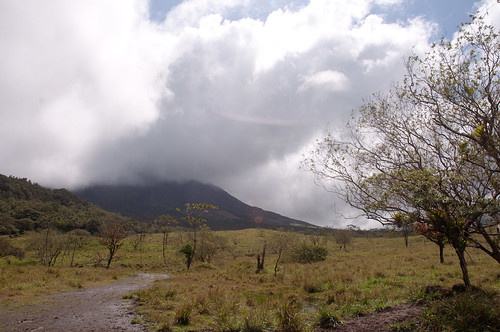
Driving around Lake Arenal was very picturesque, and a tour bus stopped off on the side of the rode tipped us off to some local wildlife, in this case a Howler monkey.

We stayed at the excellent Coyaba Tropical in Quepos, near Manuel Antonio national park. There is a bunch of wildlife to see at the park, so visit the flickr set link down the bottom to see all the animals. We spent a relaxing afternoon sleeping next to the beach, with white faced monkeys playing in the trees above us.
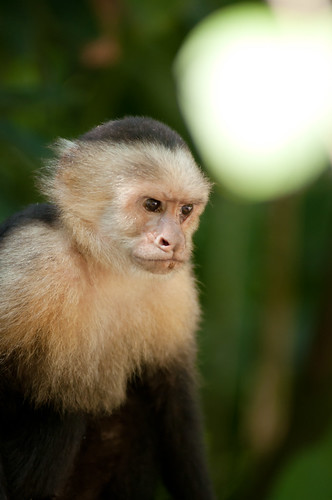
On advice from our hosts at Coyaba Tropical, we had a sunset dinner at Raphael’s Terrazas, which had fantastic food, service, and sights.

The next day we went on a catamaran sunset ride for snorkelling, drinking, and dolphin viewing.
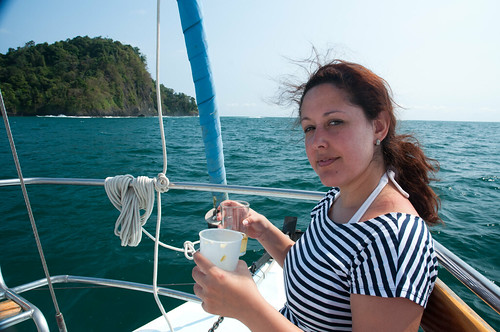
On the final day while driving back to the airport, we stopped off in the picturesque town of Palmares. An iguana was eating food off a bench, with food obviously prepared for him, so it seems this guy was held in much higher regard than many of the iguanas here in South Florida.

As always, more photos are available for viewing by visiting the flickr set here.
